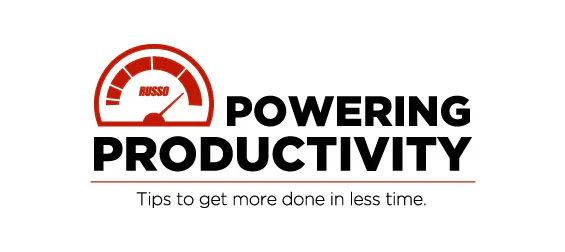·
Grub Worm Control
How you mow, water, and fertilize your turf is important. However, another key part of maintaining a healthy lawn is keeping pests under control. June and July are very important months to make grub worm preventative applications. Beetles will emerge each year in late May to early June. These adult beetles will mate and females will lay eggs roughly 2 inches below the soil surface. As the eggs hatch, the growing grub worms begin feeding immediately on grass roots just below the soil's surface. This results in poor nutrient and moisture uptake because the roots have been destroyed. Only 6 - 10 grub worms per square foot are all it takes for damage to become evident. However, skunks, racoons and other animals may feed on grub worms causing even more damage. At times animal damage can be much worse than the that caused by the insect alone. These are all reasons why preventative applications are so important.
What you will usually see from grub worm damage is a slow color change. Turf will go from green to yellow/brown and may not be uniform across the entire lawn. It will also feel soft when walking across it. One way to help your turf stand up against this grub worm attack is to establish deeper roots through proper watering. Watering too often will cause it to develop shallow roots and since the grub worms feed on the roots near the soil's surface, the deeper roots will provide a chance to bring nutrients and water up to the blades. Although proper watering will help, this will not deter grub worms from damaging your lawn. Applying a preventative insecticide will give you your best chance to stop this problem from developing.
At Russo, we know there is only a small window of opportunity to make grub worm preventative applications. We have a Plant Health Care Specialist at each Russo location. Their job is to help you by putting the right product in your hands at the right time. Our Plant Health Care Specialists are experts at how, when, and why you should use these products. We offer a few different options for grub control products that, when applied correctly, will prevent grubs related problems in the fall.
Fertilizer with Merit
Merit contains the widely popular and effective systemic insecticide imidacloprid. The low use rate of Merit provides high efficacy on grubs and grub species while maintaining a low risk to non-target pests. Merit insecticide can be applied on all types of turf grasses—including golf courses, residential turf and commercial use.
Fertilizer with Acelepryn
Acelepryn is a new class of active ingredient found to have a lower toxicity and environmental impact than that of organophosphates, neonicotinoids and synthetic pyrethroids used for the same purpose. Recognized by the EPA as a reduced risk pesticide, Fertilizer with Acelepryn will control both surface and sub-surface feeding insects. When applied early in the season, Acelepryn will outlast Merit (imidacloprid) applications made at the same time.
Fertilizer with Allectus
Allectus Insecticide controls select surface and subsurface feeding pests. This product can be used for the control of soil inhabiting pests of turf grass. This product can be used on turf grass in home lawns, business and office complexes, shopping complexes, multi-family residential complexes, golf courses, airports, cemeteries, parks, playgrounds, athletic fields and sod farms.
If you have questions about grub control or anything else related to plant health care, Russo is here for you. Find out how to contact us here and don't let grubs get in the way of you and healthy turf.

Powering Productivity
Our blog powers your productivity through new product reviews, industry news, tips & tricks, business advice, and more!

Russo News
Stay up-to-date on the latest company news and learn more about our history.

Leave a comment